Which Order You Paint Interior Room
Knowing what order or painting sequence to follow, painting interior room will make entire paint process go much smoother. Considering which order do you paint a room, being three main areas. Determining which arrangement you paint, acquiring even more professional painting result.
Three main surfaces to paint any room is ceilings, walls, & trim. Determining which order to paint room's surfaces outlined below.
Order Of Painting Ceiling, Walls, & Trim
Determining What Order You Paint An Interior Room
When choosing which order you paint your interior room's ceiling, walls, & trim, we have three parts of equation giving you correct answer. That second part of question painting interior rooms is flooring. Third part of equation is how paint will be applied.
- Paint wall surfaces keeping flooring
- Paint ceiling areas with flooring in place
- Paint trim, baseboards, door casing, woodwork with current flooring
- Painting ceilings, removing flooring
- Painting trim, casings, baseboards, woodwork when replacing flooring
- Painting walls, updating flooring
Considering which order you paint a room, is your roadmap or blueprint of impending work. In many instances, painting a room includes all surfaces, being that of ceilings, walls, also trim.
If you are painting all three surface areas in your room, is first outlined here. Other paint combos listed below. There are many reasons why a room is painted, having witnessed most of them.
Moving into a brand new home? Just purchasing a home already built? Flipping a home? Buying new furniture? Friends, family coming to visit? Or simply updating your home, many paint entire room's surfaces. Which place to start painting, depending what method paint applied, is key.
Determining where you start painting a room, I need to ask a few questions, helping you with order. Answering how paint is applied is just as important as if flooring being replaced or not.
How Do You Plan Painting?
- Paint a room, retaining flooring?
- Painting a room, replacing flooring?
- Painting a room, using brush & roller?
- Paint a room with paint sprayer?
We will first discuss flooring, carpet staying put, but will give other examples for your reference later in article.
Sequence Painting A Room Using Brush & Roller, Keeping Flooring
When painting a complete room using a brush & roller is most common, not replacing flooring. Professional painters thrive in these situations, painting a room while it is occupied. With furniture in place, rooms being lived in, using brush & roll is least intrusive.
Painting Ceiling
Generally starting at the top, painting ceiling first is easiest, although painting ceilings is a lot of work. Getting this out of the way first, giving you the luxury of getting paint all the way up in corners. Not to worry if you get a little paint on your walls, near the top. As this will be cut-in later, painting walls.
Remember to cover all flooring, also furniture when rolling out ceilings, as tiny specks from rollers will come down.
Painting Trim
Now ceiling is painted, it's time to paint trim. Carefully mask with painters tape, carpet, using a 3M hand masker, pushing tape down between carpet and baseboard. Once you have all that done, it's time to caulk. Caulking a fine line above your baseboards where it meets the wall, wiping with a damp rag is ideal.
Once caulking is complete, it's time to pick up a quality paint brush, painting woodwork. Most of the time, trim is painted with either semi-gloss or high gloss paints, giving a harder finish.
Best to keep a wet edge, not stopping in middle of any section of trim. Example of this is you start painting door casing, finish it, before stopping. Using long even brush strokes, will elevate any marks, lines, or streaks. Still easy, but tenuous work, no need to mask walls.
Painting Walls
After trim is completely painted, it's time to concentrate on walls, completing the order painting a room, tying both together. Leave plastic sheathing in place from painting ceilings, as this will come in handy for walls also. You will enjoy, using best interior paint, covering walls usually in one heavy even coat.
Now you need to mask top edge of trim, next to wall. One trick is caulking tape line where it meets wall, elevating any paint migration underneath tape. If masking freshly painted trim, best using painter's blue tape, not harming fresh trim paint.
Another method is pressing tape down firmly, then using a brush, not loading up area near tape, cutting in wall next to tape. You can decide which one works best. Cutting in ceiling normally freehand if paint colors are very similar.
Stopping right there, noting if you are painting walls a very dark color, ceilings white, you'll want to paint walls first, before ceilings. This gives you an easier way making a straight line on walls, when painting ceilings. But using both neutral or white base paints, best to paint ceilings, trim, then walls.
Rolling out walls after all cut-in has been made, you have that room completely painted. But let's say, using a brush / roller is a lot of more work than you intended, having eyes on a spray method, a slight change in order painting a complete room.
Painting Interior Room, Using Paint Sprayer, Keeping Flooring
Painting a room with a paint sprayer is much quicker when actually painting, although you have to do each task mentioned above using a brush / roll method, with a bit more preparation.
Not only do you need to caulk trim to walls, but need to completely cover all flooring, windows, doorways, light fixtures, plus anything you do not want over-spray. Masking is a bit more time, but actual painting is lessened.
Spraying Trim
Once everything is masked, best spraying trim. This gives you a straight edge masking trim to paint walls & ceilings. No need masking walls or ceiling surfaces, spraying trim. You really want to over-spray walls or ceilings when spraying baseboards or crown moldings.
Spraying Walls / Ceilings
Remembering if similar colors, spray ceilings first. If darker colored walls, spray them before ceilings. Again, giving you a much easier way of taping. Taping on a vertical, also smooth surfaces are much user friendly, than taping upside down on a textured ceiling.
If similar colors, I would suggest spraying ceilings next, allowing ease of masking.
Not just taping walls to ceiling, but using 12" brown paper if careful, or use 3M 48'' painter's drop film. Will let you decide on that. Either way, spraying requires a bit more paint sundries, but if using correctly, will provide a professional paint job for your newly finished room.
Painting Interior Room, Using Brush, Roller, Replacing Flooring
Once flooring in a room is up, you have all surfaces at your fingertips awaiting paint. Only difference painting a room using brush & paint roller, keeping or replacing flooring is you do not need to worry about anything getting on your flooring.
It is recommended replacing flooring, go ahead and remove it before painting anything in your room. Makes perfect sense.
Painting Ceiling Areas, Without Flooring
Now flooring is up, and removed, painting ceilings go without a hitch. No need for drop cloths, plastic sheathing. Allows you to get right with the program, starting your room paint job.
Remembering no worry about getting a little paint near top of walls, as you'll soon paint those too. Knowing you don't have to be too careful without flooring, but allows you to concentrate painting ceiling surfaces, without paint splatters.
Painting Trim, With No Flooring
Painting all your trim without flooring allows you to paint entire baseboards. Good idea to take a sopping wet rag with a mild cleaner like Simple Green, going around wiping all dust and grime off first.
Allowing cleaners to dry, painting trim, baseboards, and all woodwork without much masking. Protect only areas you do not want paint on, or what will be soon painted, like a pro.
Painting Walls, Replacing Flooring
OK, you've got ceilings with trim all painted without flooring in place, it's time to paint your walls. Only masking you need to do is covering freshly painted trim. Using painter's blue tape if trim paint very fresh. Masking trim that has been painted within 24 hours, blue tape is recommended.
Saving a few dollars, masking trim using painter's tape along with 6" masking paper instead of 12". Use long arm lengths when masking, masking straightest lines. Here you can either caulk tape joints where tape meets the wall or press tape down very firmly.
Cut-in walls over tape next to trim, using long brush strokes. Not allowing thick paint to build up on masking tape. Just brush that out.
Now it's time to cut-in walls to ceilings. Using a good quality sash angle paint brush, with long even brush strokes best for straightest lines. If your hand is a little shaky you might want to reverse painting ceilings & walls. Reason why is it is much easier to mask walls than ceilings. But you'll have to make that decision.
How Painting A Room With Paint Sprayer, Replacing Flooring
Room painting is most streamlined using a paint sprayer, knowing flooring is being replaced. Once flooring is removed, all areas have a green-light ready for fresh paint. This technique is most efficient, still requiring time masking, but actual painting taking least amount of time.
Using a paint sprayer inside any room, you want to make sure everything you do not want paint spray on is covered. Covering or masking is time consuming, but much quicker than cleaning paint off of surfaces afterwards.
Peeling back masking materials is even much more enjoyable than meticulously cleaning over-spray. Below, how to paint each area, using a paint sprayer, when replacing your flooring.
Spraying Out Trim, With No Flooring
After ceilings have been sprayed with no flooring, time to spray trim, using a semi-gloss or high gloss paint finish. No need to mask ceilings when doing this, unless ceiling is close to trim. You also do not need to mask walls, as this will soon be painted.
Not having flooring to worry about, it's OK to paint sub-flooring when painting baseboards, door casings, & woodwork. Remembering to caulk trim before spraying trim, for a professional uniform appearance.
Allowing trim to properly dry, before you start spraying walls. Here is where paint schedule is a bit different. You'll want to spray walls next, before painting ceilings.
Paint Spraying Walls, While Replacing Flooring
Spraying out walls is next in order painting a room, when replacing flooring. This technique provides a good flat surface to mask, once all walls painted, preparing to spray out ceilings. Again, it's much easier to mask wall surfaces, than ceilings. If you don't believe me, just try for yourself.
After wall paint has dried, masking walls at least 12" down from ceiling if not more. This gives you a wide open range painting ceilings next, after you of course have covered newly painted trim.
Masking is one of most important areas of painting, especially when spraying. Not only protecting surfaces, but adds to professional lines when removed.
Spray Painting Ceilings Without Flooring
Spraying ceiling paint without flooring is ideal, for a complete uniform painting finish. Making sure everything is covered you do not want paint on, leaving on trim masking, still in place. Matter of fact, making sure no over-spray what you just painted.
You just don't need to cover sub-flooring, saving a step. Spraying ceiling surfaces best using a cross hatch method, covering all types of ceiling textures, including popcorn, orange peel, knockdown, or smooth finishes. Spraying ceilings is indeed quickest way painting, for viewing within professional house paint apps.
Important to note; However, if not doing all ceiling surfaces within your home, you might want to consider brush/roller method as this requires so much masking & preparations.
In Closing Which Painting Order, How To Paint A Room
There you have it in a nutshell, which painting order you take, to paint interior room depends on a few other things. Using this order simplifies painting process, as let's face it, just knowing which sequence painting a room today is still no easy task.
If you do not feel you have the energy, expertise, also gumption painting a room, we welcome your contact for top notched Denver painters and interior paint contractor services.
Hope you've enjoyed reading deciding which order to make, how to paint a room's ceilings, walls, & trim. If leaving off one particular area, you'll still need to caulk, also mask as described, for a professional painting outcome.
Please like, share, ping, or comment below!

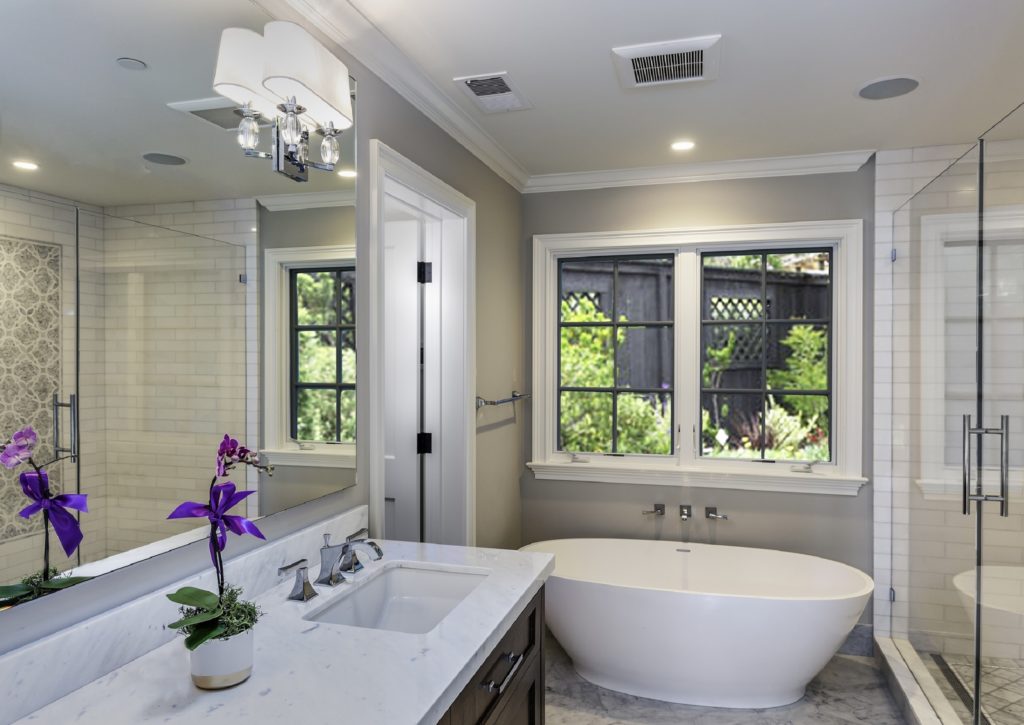
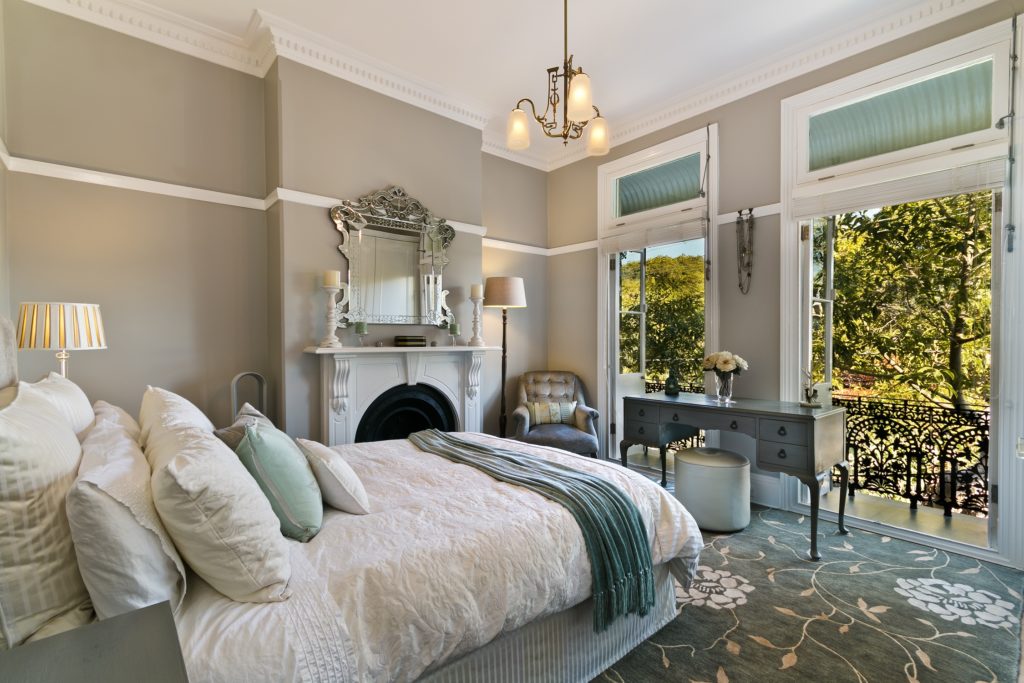
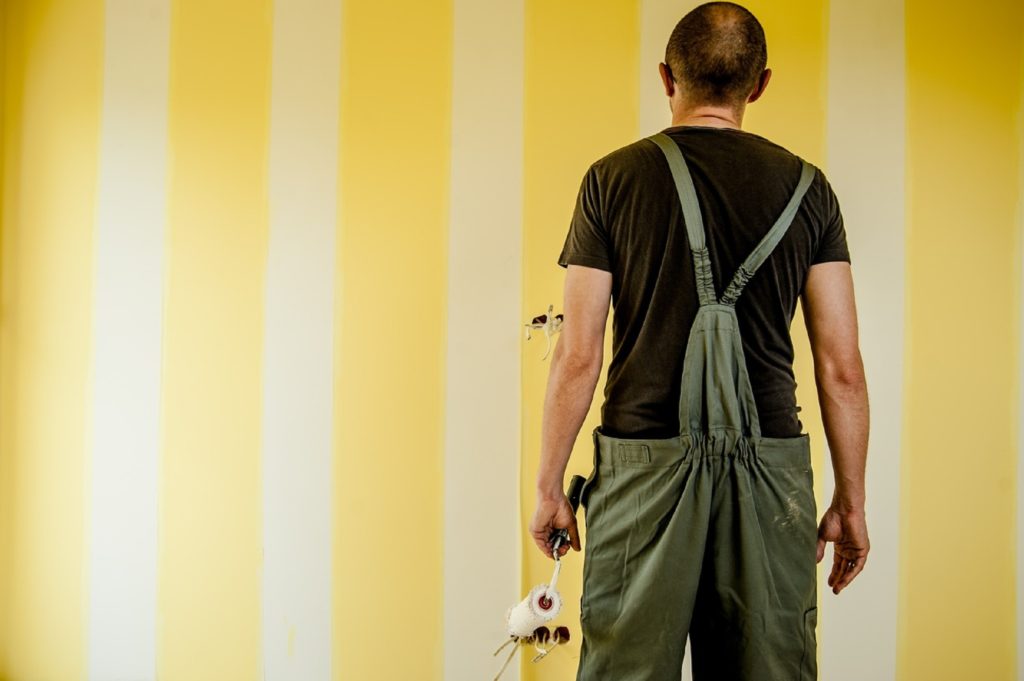
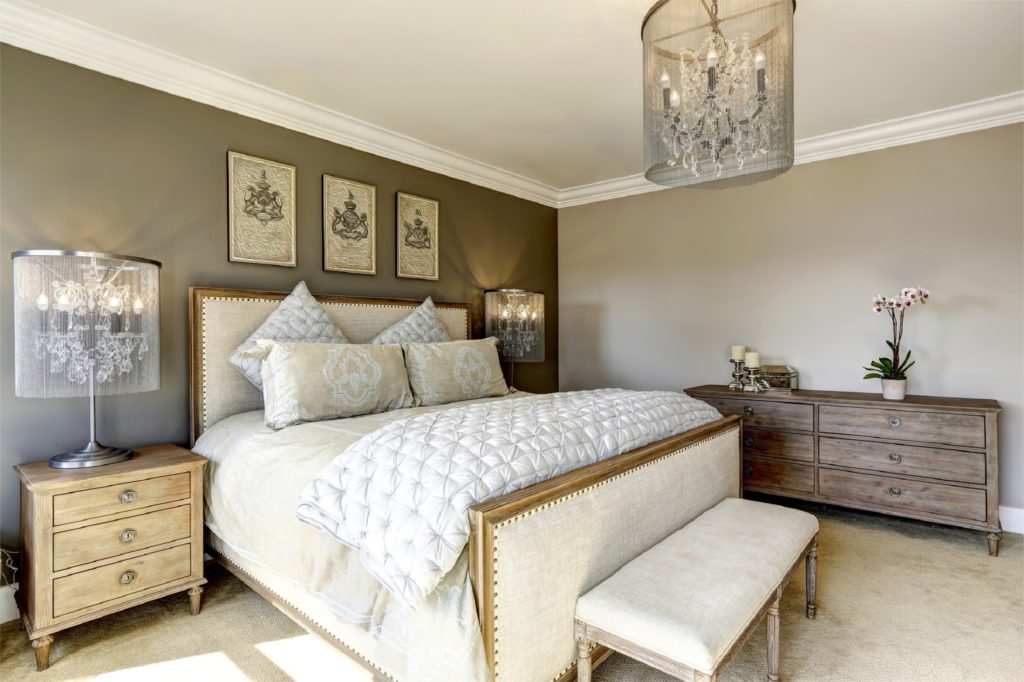
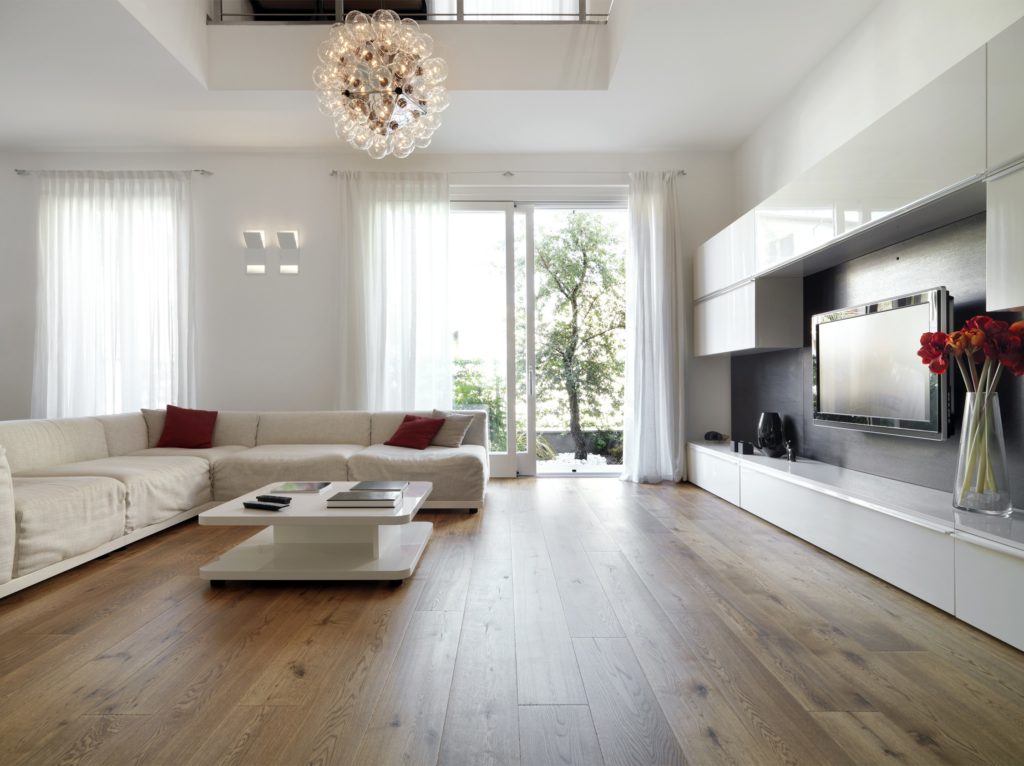
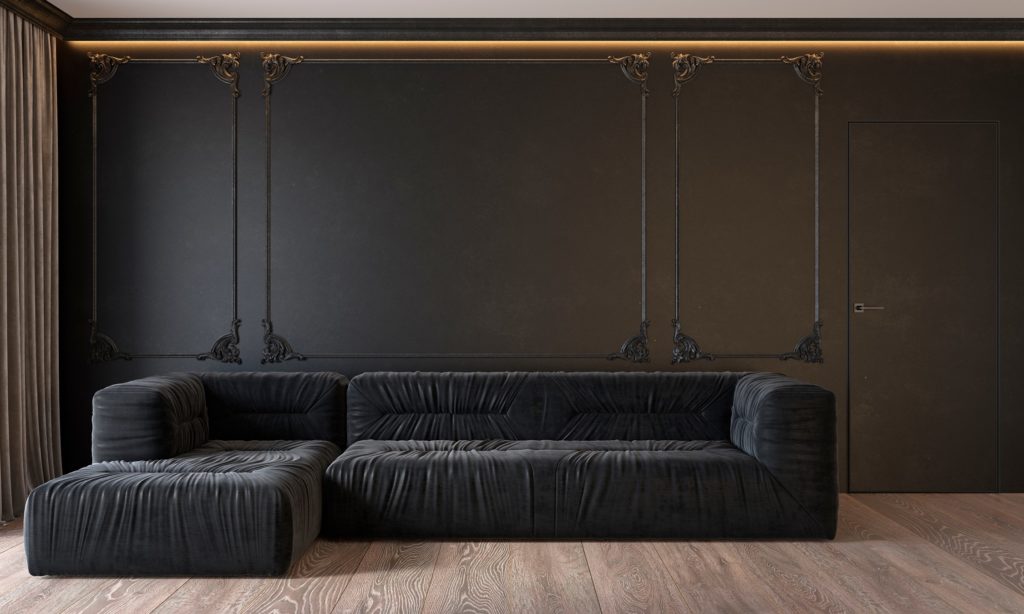
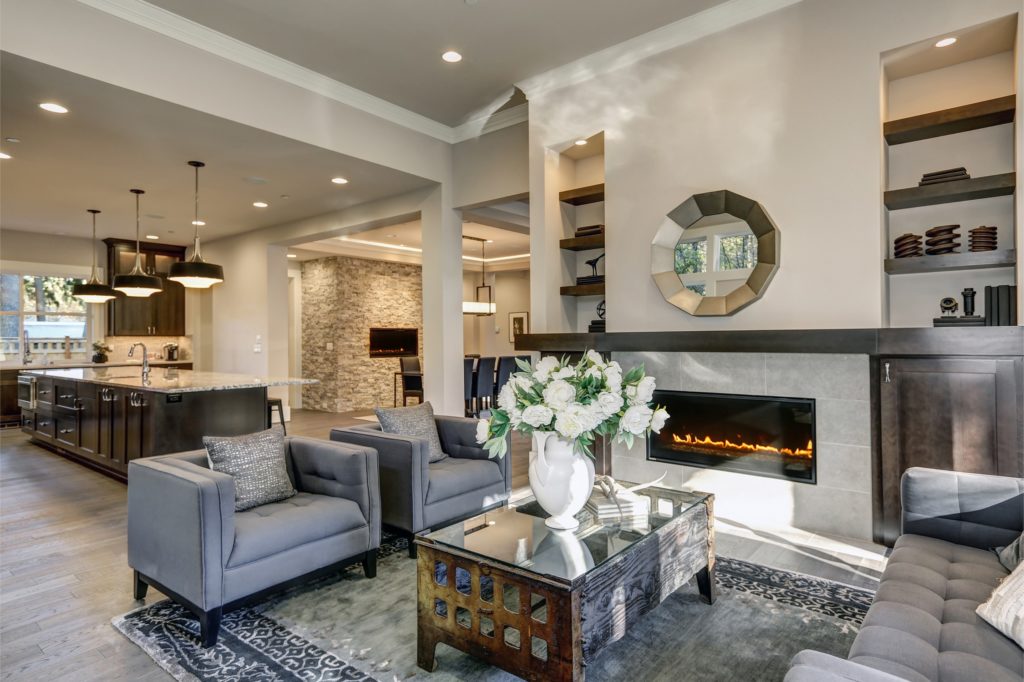
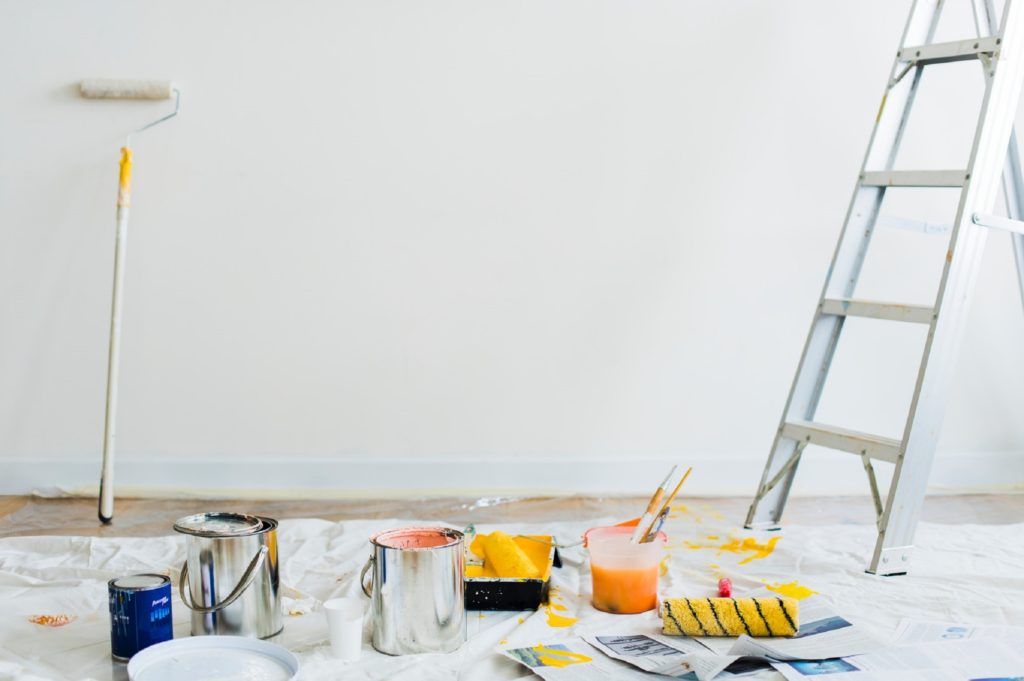


[…] opposite of production. Normally painting trim first, then walls. Reason for this change in painting order, or sequence has a lot to do with […]
[…] important rule painting doors is once you start painting a side, complete it. Do not stop half-way painting one particular side. […]